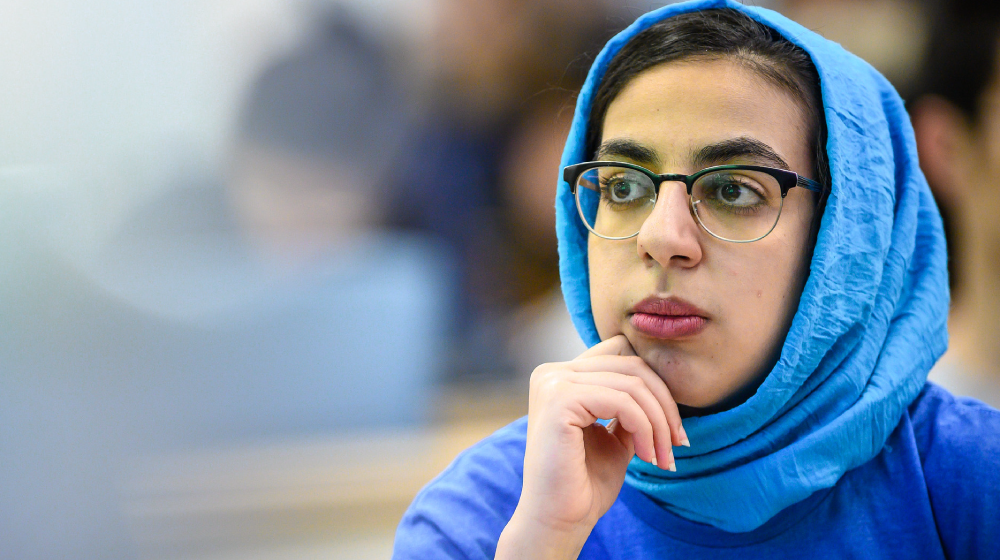
Arabic is used by over 400 million people, making it one of the five most spoken languages in the world. However, the way it is used on a daily basis is different from most other ones. Arabic is a diglossic language, which means that two variations of the language constantly co-exist. Modern Standard Arabic is used primarily in writing, while a wide variety of spoken dialects are commonly used in everyday life.
Within this diglossic structure, Modern Standard Arabic is often considered superior, while spoken Arabic is overlooked or looked down on. To address this challenge, one UBC instructor decided to leverage technology in her course to celebrate spoken Arabic, help her native students reconnect to their mother tongue, and document immigrants’ stories in the process.
Balancing Modern Standard and spoken Arabic dialects
Giving more visibility to spoken Arabic does not mean that Modern Standard Arabic should not be studied, as it plays a central part in people’s lives. “Modern Standard Arabic is mostly used for official and written publications, such as contracts, newspapers, textbooks, and other specific contexts,” explains Dr. Nesrine Basheer, assistant professor of teaching in the Department of Asian Studies, who joined UBC in 2022 to create its first Modern Arabic Program. “A university lecturer may choose to use it during a course, but it is not the native language for any Arabic speaking person.”
Please visit the CTLT website to read the full story.
Through Strategy 11: Education Renewal, UBC is evolving efforts to support faculty in the ongoing integration of evidence-informed pedagogies into their classrooms, and encouraging innovations that have the potential to improve upon traditional learning approaches.